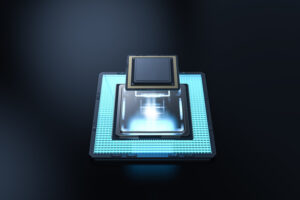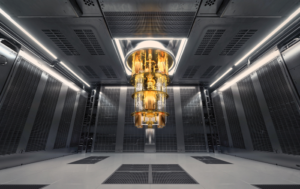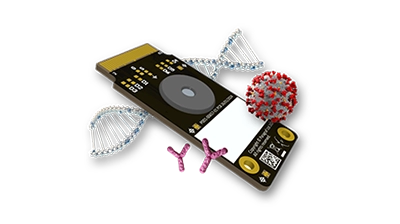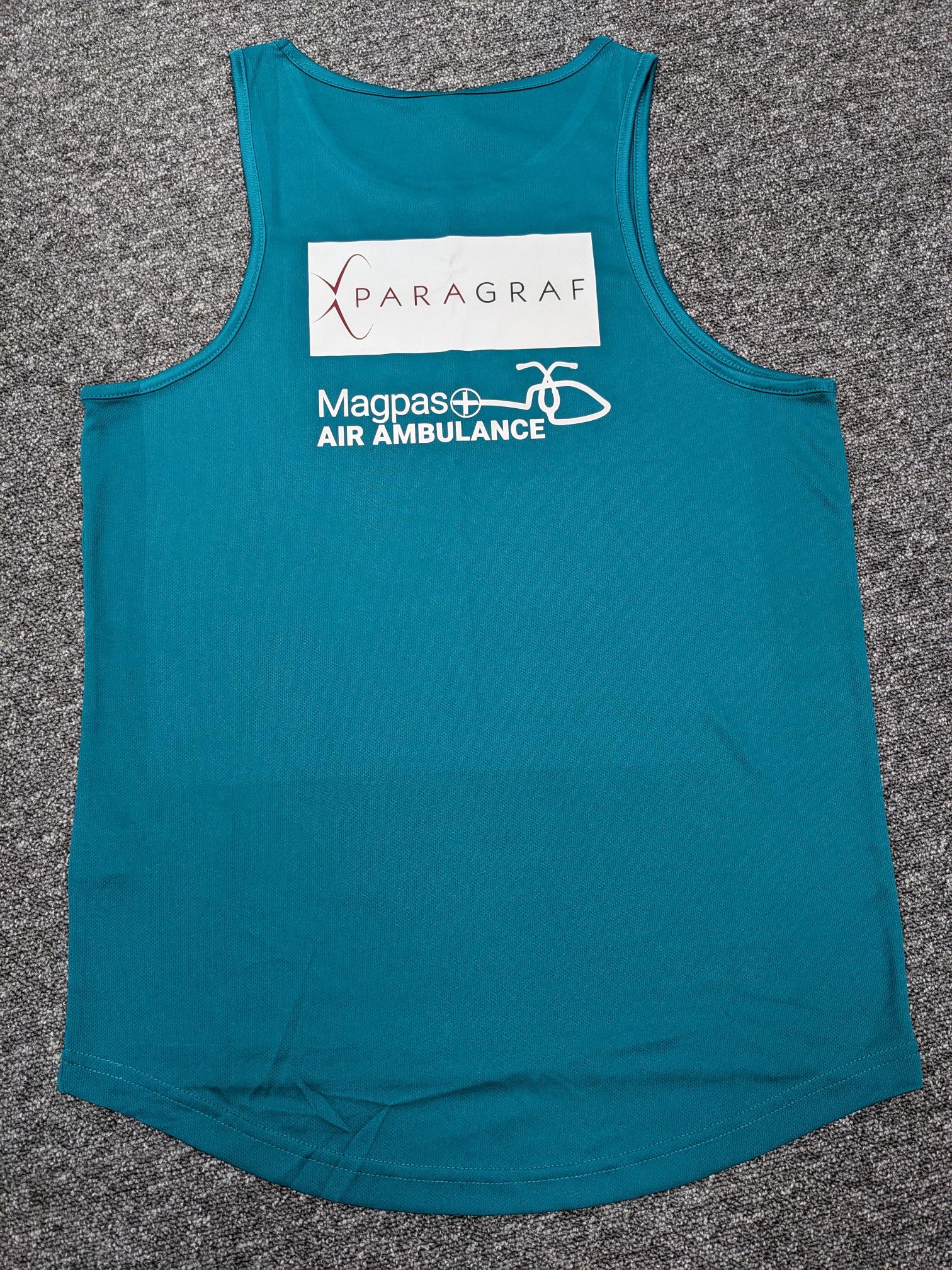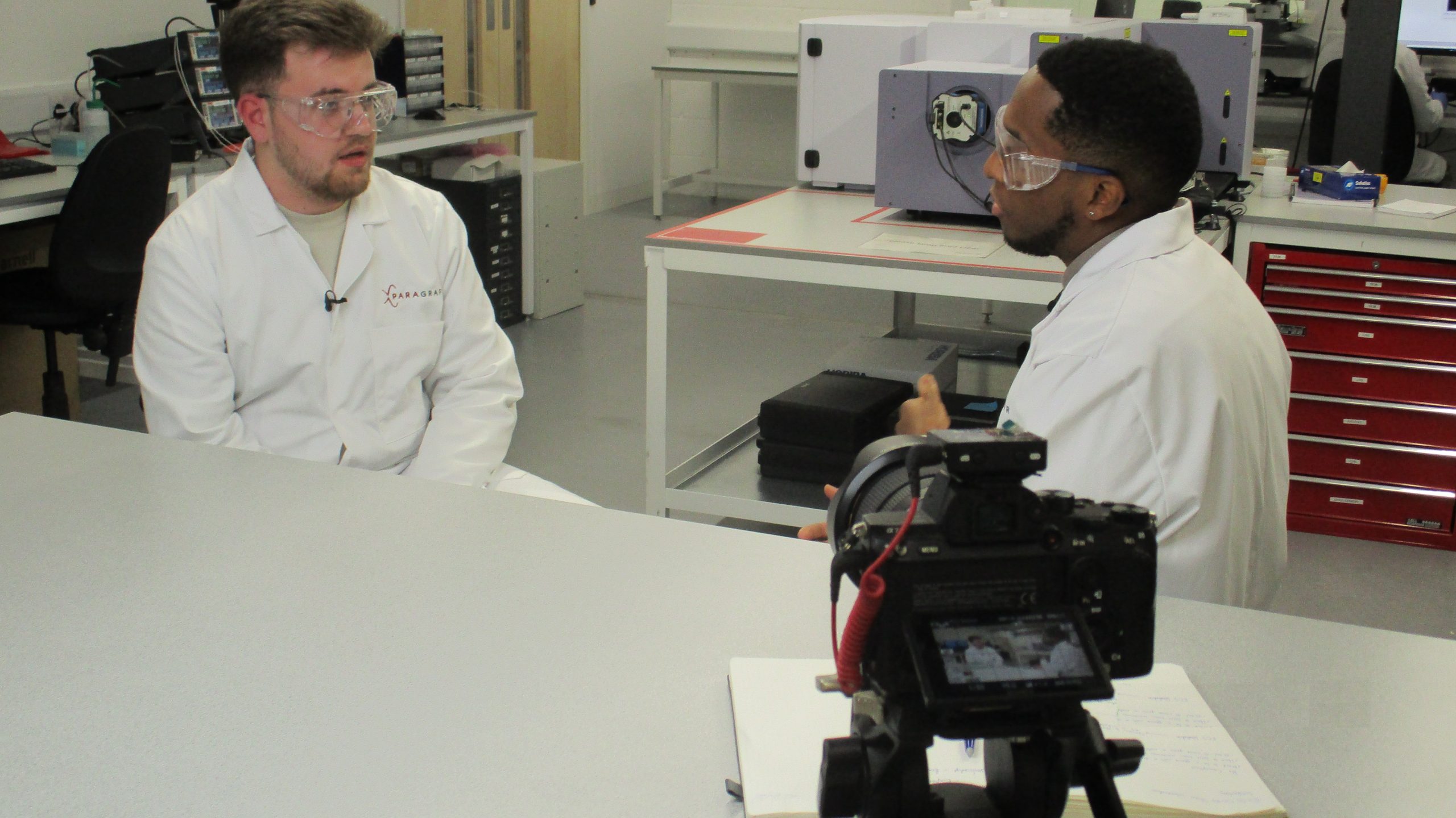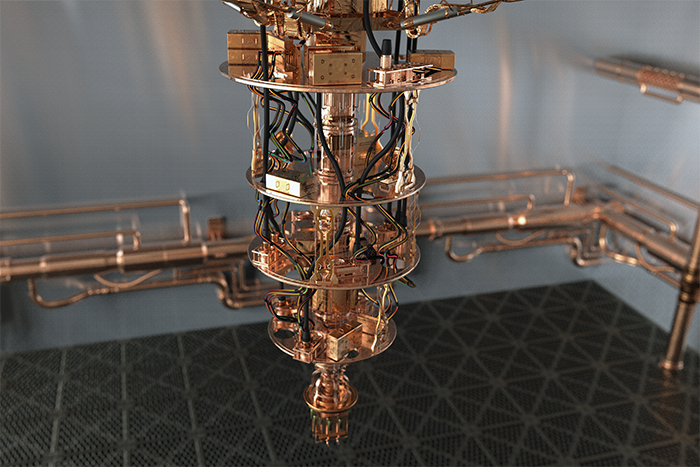
In our previous article, we discussed how quantum computers are distinct from their classical counterparts, how they function and how an industry is growing around this new form of problem solving. In this article we will discuss a specific application for Paragraf’s cryogenic graphene Hall sensors (GHS) in the quantum space.
Paragraf GHS can be used for low-field detection as a way of ensuring effective shielding of quantum computer systems. We will follow this up with an article discussing how those same sensors can be used to calibrate the superconducting magnets that are key to operating these systems.
Why do quantum computers require shielding?
Quantum computers operate by manipulating the qubits (or at least a physical representation thereof – e.g., trapped ions) to read the reactions of their entangled partners. These readings will be expressed as a series of 1s and 0s (as in a binary system). Since qubits exhibit ‘superpositions’ (they are able to represent a range of probabilities between 0 and 1), the continued manipulations of entangled qubits can provide a more-accurate representation. This process aggregates these probabilities such that, when the principles of quantum physics are applied, a statistically correct solution is revealed, given a sufficient number of qubits are employed in the process.
However, qubits are incredibly small and vulnerable to a variety of external forces. As a result, the mechanisms necessary for the quantum computer to function are very fragile. Currently, these states can only be counted on to maintain their coherence for of ~100 µs[1]. There are a number of outside influences that can interfere with that coherence but here we will focus on the two that are most relevant to Paragraf’s GHS.
Magnetic fields
Magnetic fields work by exerting force on charged particles, meaning that qubits encountering those fields are susceptible to influence that would distort their quantum states; and magnetic fields are nearly ubiquitous. Any electrical current moving through a wire will produce a magnetic field and the instruments that operate a quantum computing system require extensive wiring. Other electric components and moving parts in the vicinity of a quantum computer produce magnetic fields, as well. Even the Earth’s own magnetic field is strong enough to potentially disrupt the computer’s output.
Controlling the magnetic environment in a quantum computer requires employing shielding tactics that neutralize the impact of outside fields, either through physical barriers made of Mu metal or superconducting materials that redirect these fields or the use of additional magnets that are tuned to cancel out the external fields.
In order to ensure the effectiveness of these shielding techniques, quantum computers can employ Hall sensors within the system capable of detecting small fields. Paragraf’s cryogenic GHS, owing to their high sensitivity, can detect magnetic fields down to 10s of µT in strength.
Temperature
Heat also has the potential to disrupt the operation of quantum computers. By exciting the qubits within a system through the introduction of thermal energy, higher temperatures present the threat of ‘decoherence’, where qubits’ entanglement with one another is disrupted by the external environment. To protect against decoherence, quantum computers must function at extremely low temperatures. At the point of manipulating and reading the states of the qubits, temperatures in the system are reduced to around 10 mK[2].
This means that the Hall sensors employed to detect external fields must also prove resilient to extremely low temperatures. Graphene’s two-dimensional structure, when married to Paragraf’s contamination-free deposition process, presents a highly robust sensing surface at extreme temperatures, down to mK levels. Further, the low power requirements of our sensor reduce the threat of thermal and magnetic interference produced by its associated circuitry.
With the combination of our sensors’ ability to provide accurate readings of low-fields and to operate in extreme cryogenic temperatures, Paragraf presents a uniquely effective solution for ensuring effective quantum computing.
Our next article will focus on how Paragraf’s cryogenic GHS is also effective in high-field quantum applications. In the meantime, please sign up for our mailing list using the below form, and contact us directly to discuss how Paragraf can provide Hall sensor solutions for your business.
[1] Quantum computers may be heading underground to shield from cosmic rays – Physics World
[2] A Review on Quantum Computing: Qubits, Cryogenic Electronics and Cryogenic MOSFET Physics – arXiv

